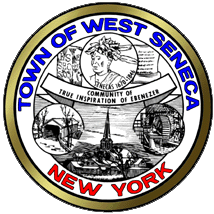
35 Legion Parkway
West Seneca,
New York 14224
U.S.A.
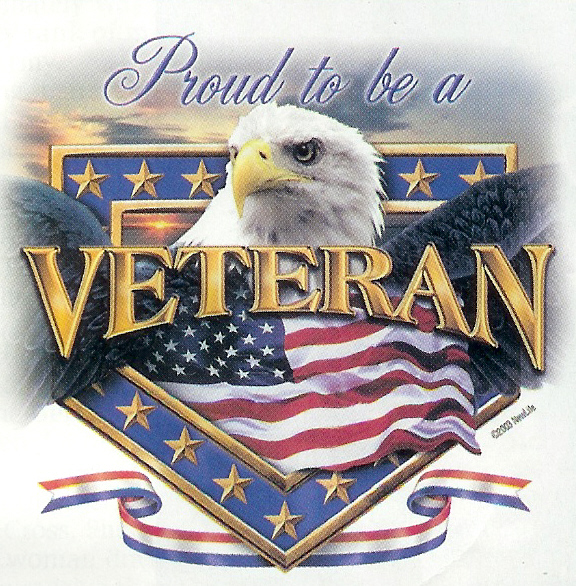
American Legion
Post 735
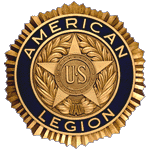
Marine Corp. League
Detachment 239
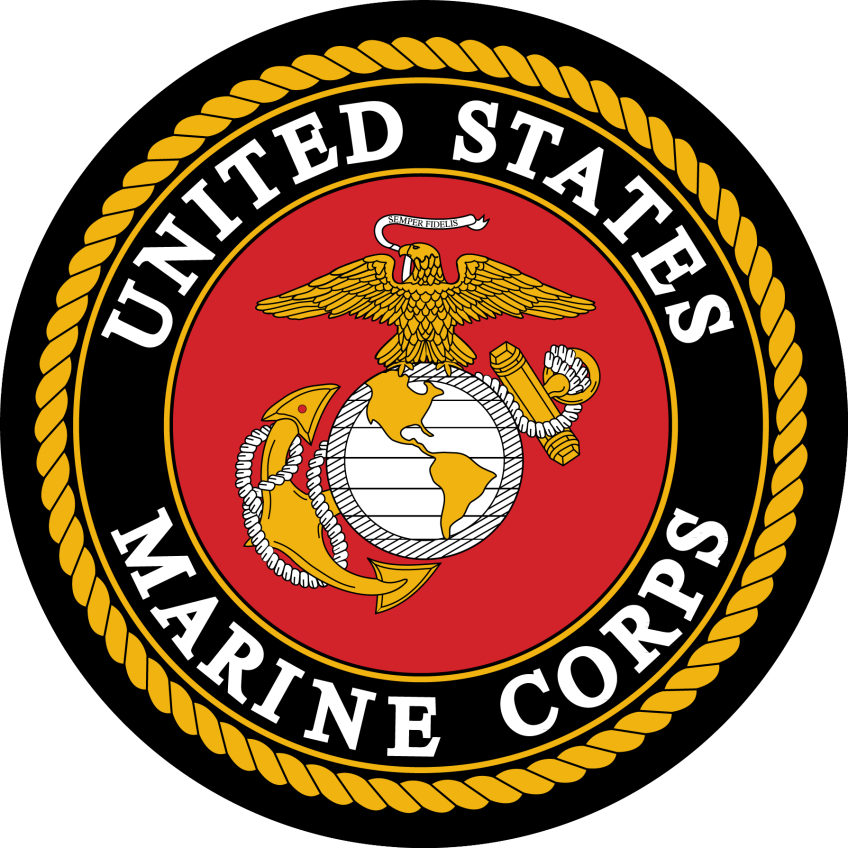
Veterans of Foreign Wars
VFW Post 8113
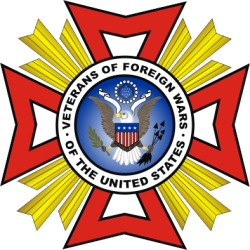
Navy Seabee Veterans
of America, Island X-5
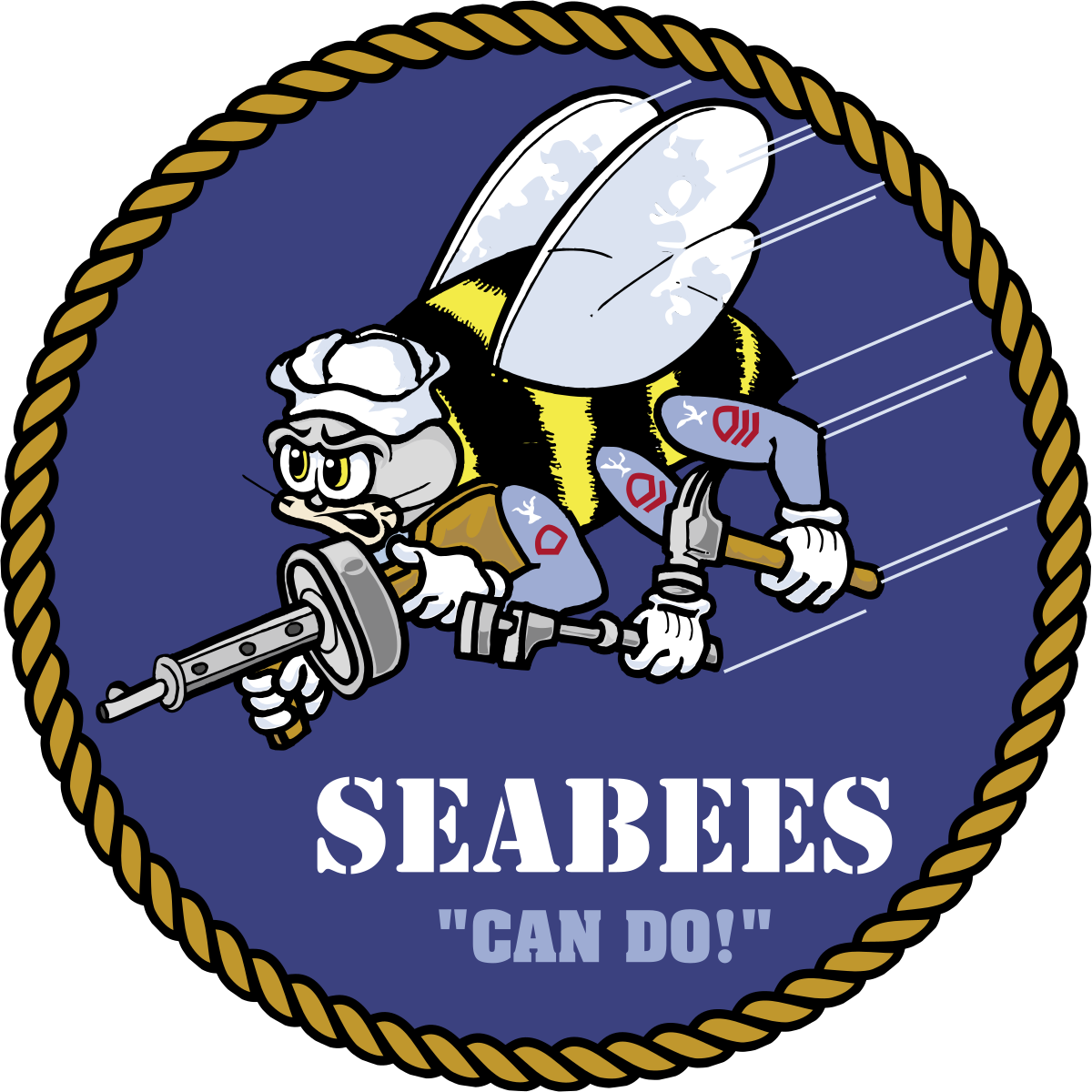
AMVETS
Post 8113
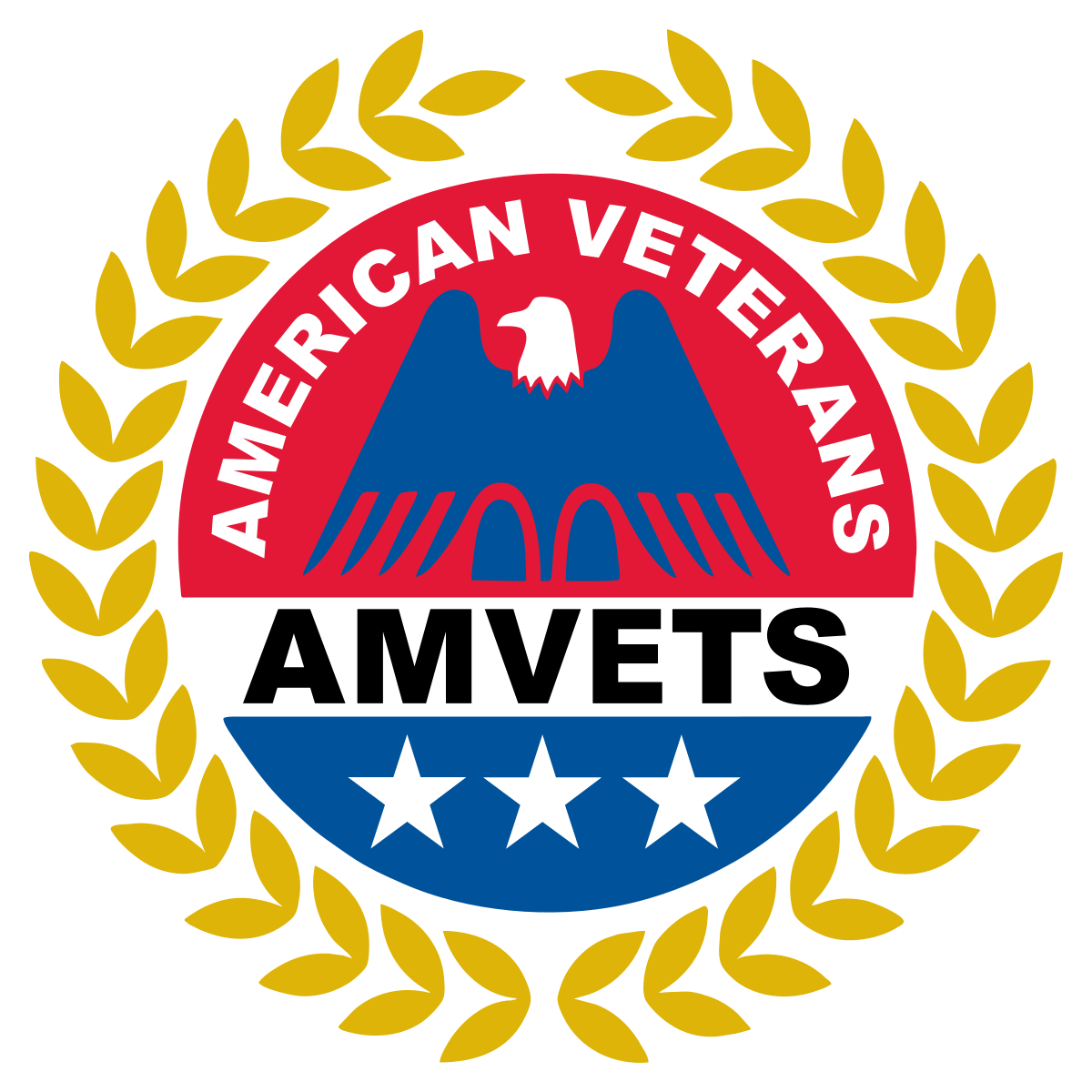
82nd Airborne
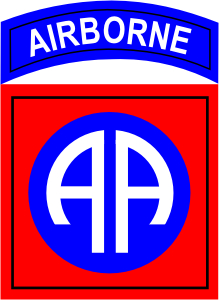
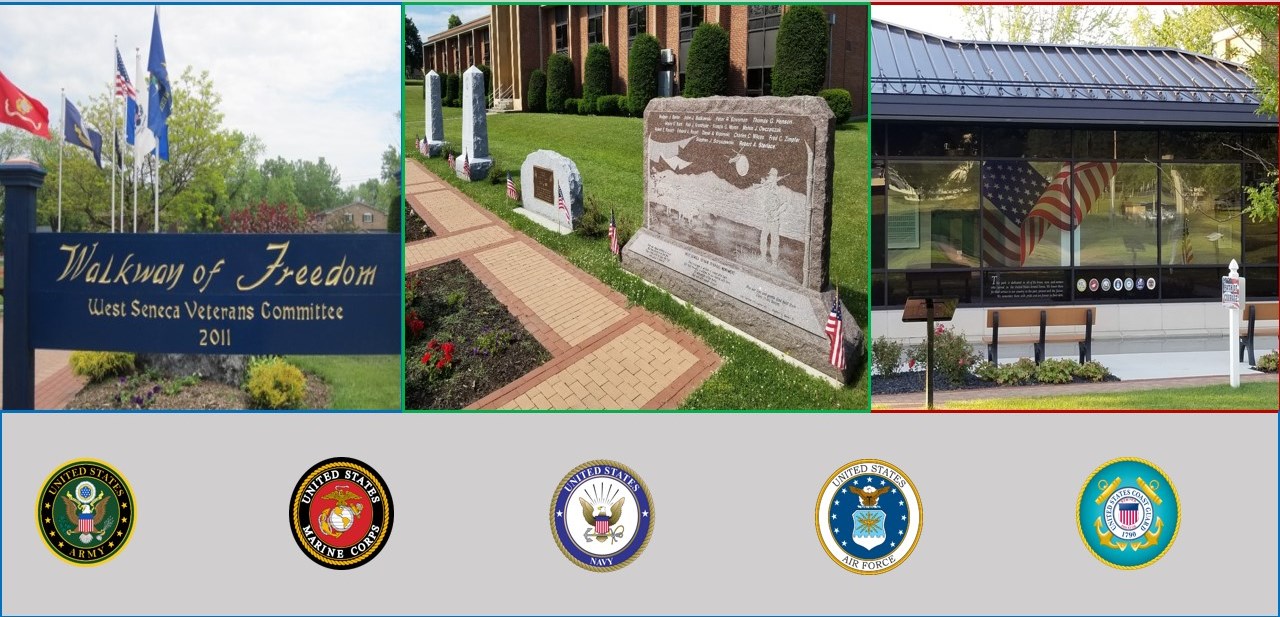
West Seneca Joint Veterans Committee |
|
The Men and Women Who Served in the Korean War
The Forgotten War
June 27, 1950 – January 31, 1955
Korea was liberated from Japan in 1945 at the end of World War II, with the United States and its Allies occupying the territory to the south of the 38th Parallel and the Soviet Union the land to the north. In 1948, the Communists, under Kim Il-sung, took power in the north, while the south became democratic. After several border skirmishes, the Korean War began on 25 June 1950 when some 75,000 soldiers from the North Korean People’s Army poured across the 38th parallel, the boundary between the Soviet-backed Democratic People’s Republic of Korea to the north and the pro-Western Republic of Korea to the south. This invasion was the first military action of the Cold War. The United Nations passed Resolution 83 which called for military assistance for South Korea and under the UN banner, President Harry Truman ordered American forces to defend South Korea. The North Korean military units drove their forces into the port of Pusan, while UN commander General Douglas MacArthur launched a daring landing at Inchon in September 1950. The invasion by the UN forces broke the North Korean offensive and forced the northern forces back over the 38th parallel. In October 1950, Chinese forces entered the fighting on the side of the North Koreans and pushed the UN regiments back to Seoul. In April 1951, General Matthew Ridgway replaced Douglas MacArthur and was able to drive the UN forces back across the 38th parallel. The war became basically a stalemate, as UN airpower continued to hammer the enemy while offensives on the ground were relatively limited. Battles continued to rage over hills and high ground along the front. Engagements such as the Battles of Heartbreak Ridge, White Horse, Triangle Hill, and Pork Chop Hill brought about heavy causalities. Negotiations at Panmunjom brought about an armistice on July 27, 1953. Although the fighting ceased, no formal peace treaty was concluded. Instead, both sides agreed to the creation of a demilitarized zone along the front, near the 38th Parallel.
Although the Korean War was relatively short, it was exceptionally bloody. America lost more than 36,574 young men and women in combat, with another 103,284 wounded.

To help maintain the memory and sacrifices of so many West Seneca and other local residents, the military service information of our Korean veterans has been created by questionnaires that were completed by the veteran themselves or by their family. In addition residents are urged to contribute any additional information on any Korean veteran they may know or have known. The goal is to have a complete military record for each Korean War veteran whose unique and crucial contribution helped end the "Forgotten War".
If you have additional military service information that you would like to share on a veteran, please send an email Jim Manley so these service records can be updated. With your help, our Korean War veterans will never be forgotten.
Email: wsvets1@gmail.com
Note: The military uses acronyms and abbreviations for their military units. As such, several letters strung together do not have much meaning. Each set of acronyms, initials or abbreviations has been throughly researched to find the full meaning of the title of the unit, section or battalion. For example, the acronym "MSBS" probably would not mean much to the casual observer. Knowing that the initials stands for "Marine Scout Bombing Squadron", allows the observer to know what branch the individual served and what the individual's mission may have been.
Due to rapid buildup of forces, many units were only temporary and when the war ended, were removed from active service. In many cases, records may no longer exist on the mission of that particular unit.
For the sailors that served on ships, the ship's name was researched and additional information provided on the history of the ship.
This is an ongoing project. Any additional information or corrections to records is appreciated
Your comments or suggestions are invited.
***Please note: This is a work in progress and is in no way completed.
Database is being expanded with return of questionnaires ***
Western New York Residents Answered the Call To Arms
Select the FIRST Letter of Last Name and Click to View the
Listings of Korean War Era Veterans from
West Seneca and Western New York
A B C D E F G H I J K L M N O P Q R S T U V W X Y Z
 | Please direct questions or comments to the Webmaster |  |
Copyright 2012 West Seneca Veterans Committee, West Seneca, New York U.S.A. All rights Reserved.
